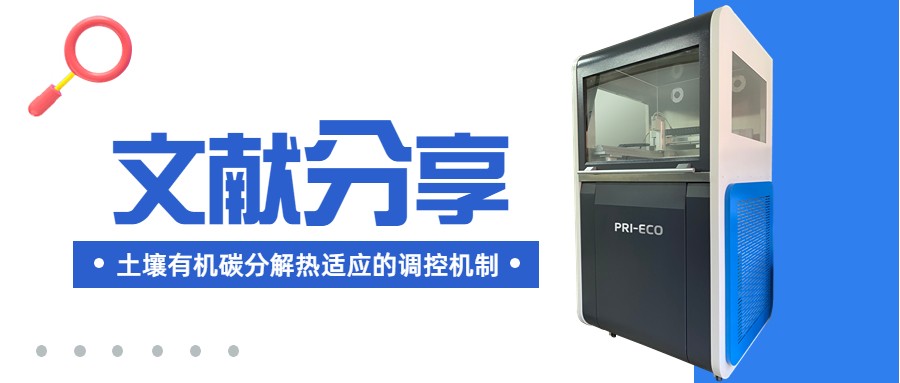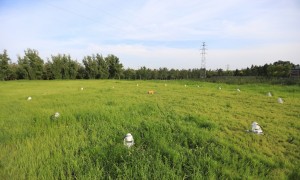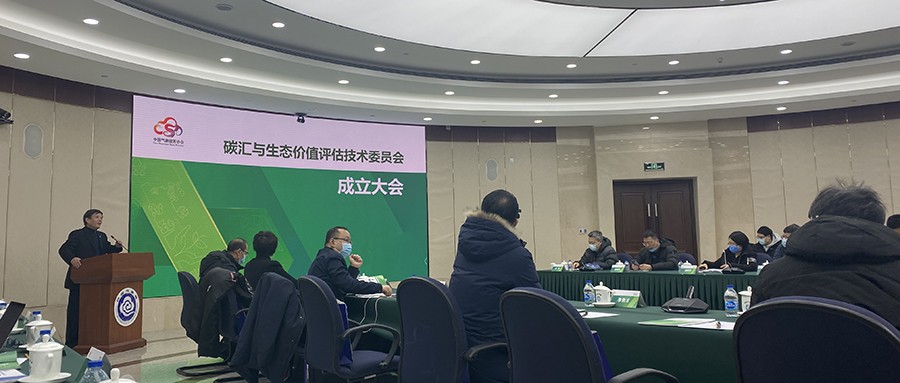Next-generation leakdetection technology for safe and reliable energy delivery
Leak detection and repair have become increasingly critical to the safe and reliable delivery of gas and to protecting the environment. Yet many gas-distribution companies are finding that their pipelines are aging at a faster rate than they can be surveyed and repaired. That’s because the traditional flame-ionization leak-detection process is hard-pressed to keep pace with emerging demand for more frequent, accurate, and efficient surveys and repairs.
The incumbent leak-survey process is time consuming and essentially manual. Surveyors walk the length of the territory and use hand-held equipment to check for leaks; often they must get permission from property owners to enter. If surveyors find a hazardous leak, they must place a call to report it and remain onsite until the repair crew arrives. Furthermore, paper-based documentation of leaks must later be manually entered into pipelineinformation systems, a method that creates delay and invites human error. These factors all contribute to high leak survey unit costs and long cycle times. As a result, many gas utilities survey pipelines on five-year cycles—despite increasingly vocal demands for more frequent surveys by customers and environmental groups. What’s more, the accuracy of existing technology is lacking compared with new leak-detection tools, which enable surveyors to discover leaks at sensitivities as high as 1 part per billion—one thousand times more precise than traditional tools.
New technologies, new opportunities Next-generation leak-detection technologies can fundamentally change utility leak management processes. Using highly accurate detection equipment, the entire pipeline system—and high consequence areas in particular—can be surveyed more frequently and efficiently. Consider the comparison below between the traditional leak and nextgeneration leak survey processes.

















 010-51651246
010-51651246